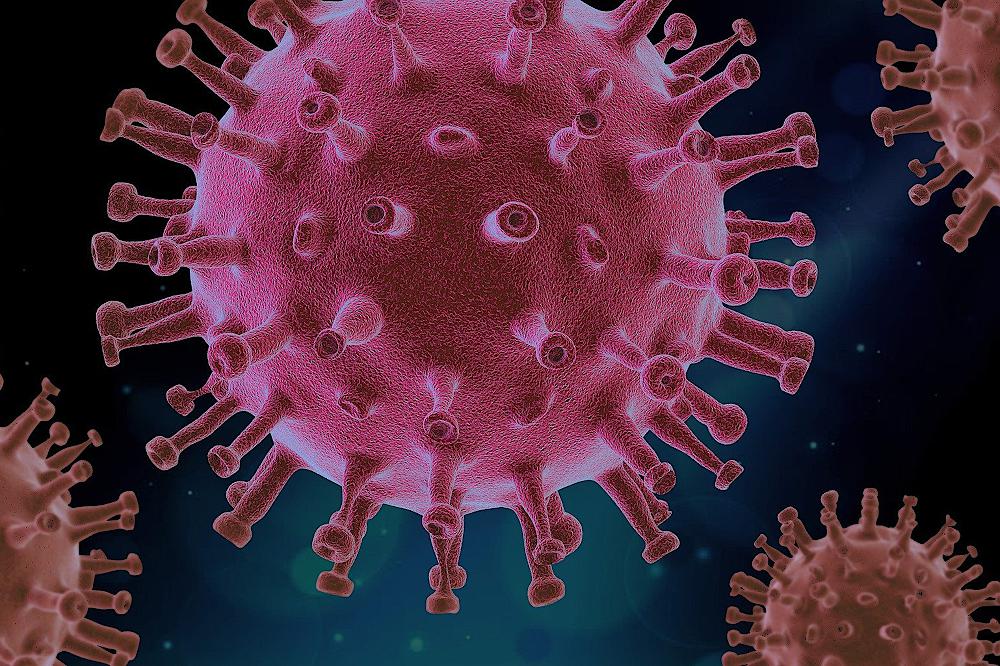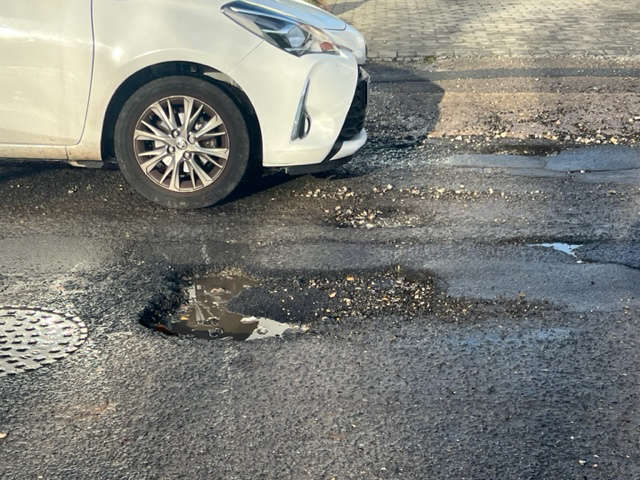
A study is underway to find the cause of the lower-than-expected rates of coronavirus infections in 1066 Country, councillors have heard.
The topic was considered at a meeting of the East Sussex Health and Overview Scrutiny Committee (HOSC) last Thursday (September 10), as part of a wider discussion on the impact of the local impact of the pandemic.
During the meeting, director of public health for East Sussex Darrell Gale said infection rates in Hastings and Rother had been notably low – especially when taking into account factors such as the town’s relative level of deprivation.
Mr Gale said:
“There are some things here that don’t make normal sense when you consider the impact of coronavirus on deprived populations, in that we would expect the east of the county to have higher rates [than it has had].
“We are undertaking some research with the University of Sussex to look at why that might be, what actions were taken and also what is involved in the infrastructure and the geographical factors, which protected Rother and Hastings to the degree they have been.”
Mr Gale revisited the subject later in the meeting, following questions from Hastings councillor Peter Pragnell (Con).
Mr Gale said the study was considering a number of potential causes, including early preventive action by Hastings Borough Council and the town’s unique geography.
He said:
“Obviously we have only got hypotheses at the moment, but we do know that the borough council took some fast action around cancelling events that were in the calendar for the early spring period.
"They were very decisive early on, which is great.
“That obviously meant that people weren’t drawn into town before the lockdown and messages had started to go out saying ‘please don’t visit’ etc.
“I think the biggest hypothesis we’ve got though, is about the relative lack of infrastructure and communication between the Hastings and Rother areas and the rest of the country.
"The roads to Hastings, the rail Hastings; we know just how bad these things are.
“While it gives us some positive aspects to life – in that we’ve not got large, loud motorways destroying our environment – we do know that leads to a lack of connectivity [and] a lack of socioeconomic activity for the Hastings and Rother areas.”
Beyond this, Mr Gale said, a lack of connectivity within Hastings itself may also have prevented infections spreading at the rate of other areas.
Mr Gale said:
“We are now starting to look within Hastings and we’ve noticed just how not connected the town’s areas are.
“If you go up into Hollington and into North St Leonards, many of the little neighbourhoods up there are on a road but have no footpath. You end up with 200 or 300 households and they are not really linked to other households.
“We think there is a lack of connectivity both within the town as well as without.”
According to government figures updated on September 15, Hastings has had 187 confirmed coronavirus cases.
This comes to a rate of 201.8 per 100,000 in the population – the 17th lowest rate among 380 local authority areas nationwide.
Rother meanwhile had 221 confirmed cases, which comes to a rate of 230 per 100,000 (the 26th lowest nationwide).
Based purely on total confirmed cases, Hastings and Rother are the 15th and 21st lowest respectively.
East Sussex as a whole had 1,860 confirmed cases, while West Sussex had 3,208. Infections per 100,000 in the population were more similar however, sitting at 333.8 in East Sussex and 371.3 for West Sussex.


 Brexit Has Made UK Medicine Shortages Worse, Research Suggests
Brexit Has Made UK Medicine Shortages Worse, Research Suggests
 Brighton & Hove Pothole Budget Underspent By £6m
Brighton & Hove Pothole Budget Underspent By £6m
 Exhibition Showcasing Black Artists To Feature At Hastings Museum
Exhibition Showcasing Black Artists To Feature At Hastings Museum
 Environment Agency To Take Action Against Chichester Coastal Flooding
Environment Agency To Take Action Against Chichester Coastal Flooding
 Man Sentenced After Hailsham Masked Robbery
Man Sentenced After Hailsham Masked Robbery
 Gatwick Police Officer Given Final Written Warning Following Misconduct Hearing
Gatwick Police Officer Given Final Written Warning Following Misconduct Hearing
 Dangerous Driver Sentenced After Pursuit In Burgess Hill
Dangerous Driver Sentenced After Pursuit In Burgess Hill
 Sussex Police Issues Apology For Historic Failings In Murder Investigation
Sussex Police Issues Apology For Historic Failings In Murder Investigation
 Free Public Wi-Fi At Cuckfield Recreation Ground
Free Public Wi-Fi At Cuckfield Recreation Ground
 Lewes Brewer To Open Taproom And Food Market In Brighton
Lewes Brewer To Open Taproom And Food Market In Brighton
Comments
Add a comment